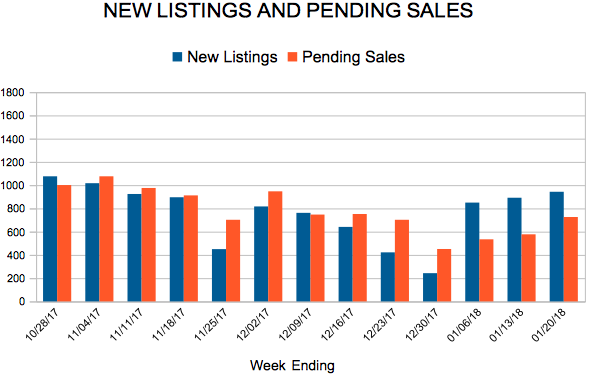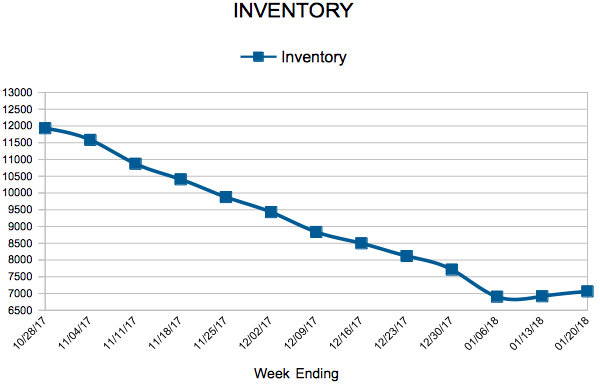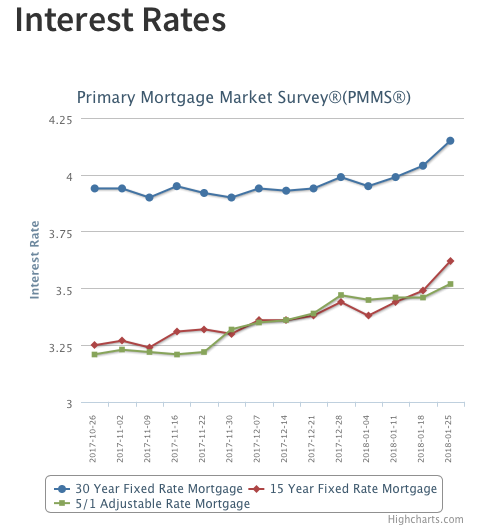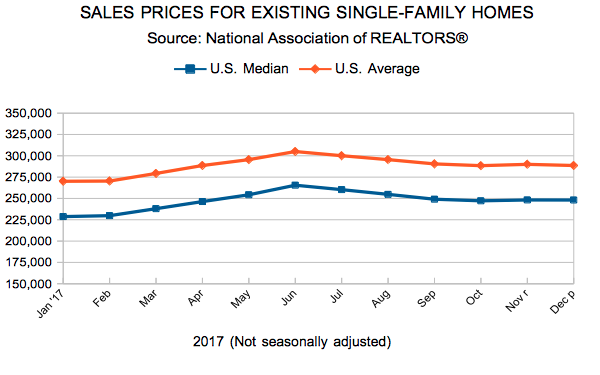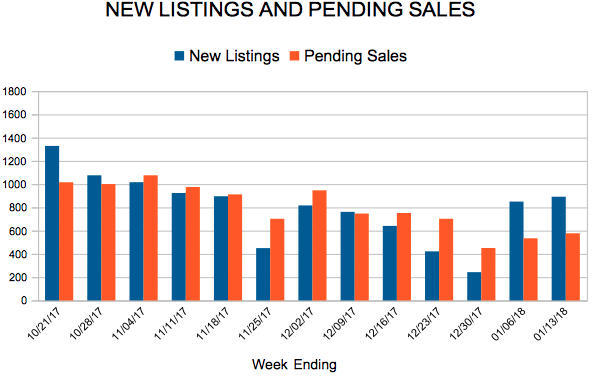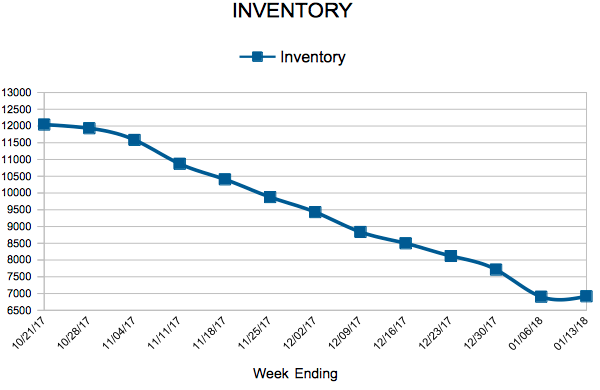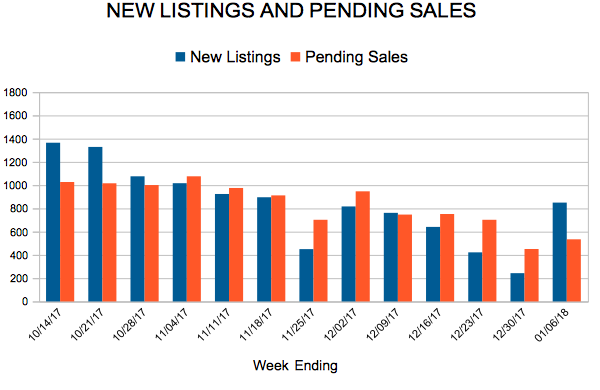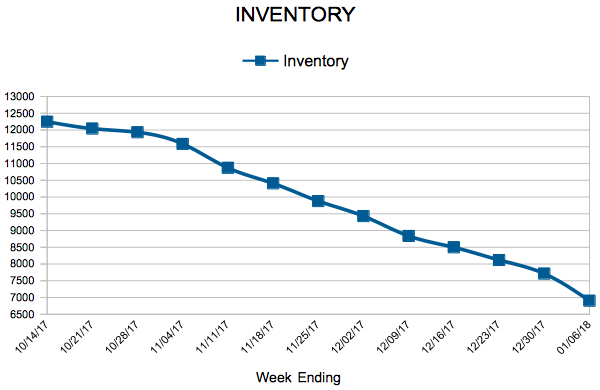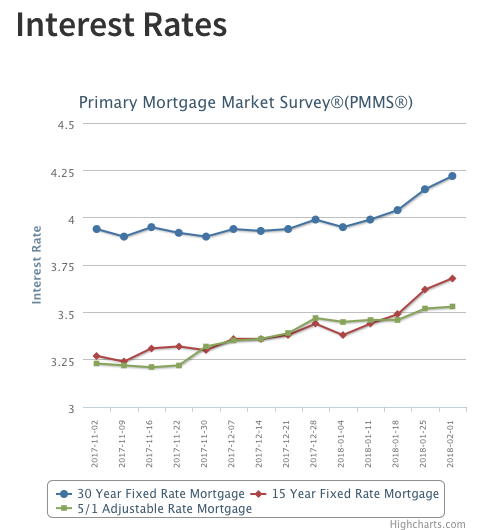
The Federal Reserve did not hike rates this week, but the market views future hikes as a near certainty. The expectation of future Fed rate hikes and increased borrowing by the U.S. Treasury is putting upward pressure on interest rates. The 30-year fixed rate mortgage is up over a quarter of a percentage point (27 basis points) from the first week of the year. 30-year fixed mortgage rates have increased for four consecutive weeks and are now slightly above where they were last year at this time.

